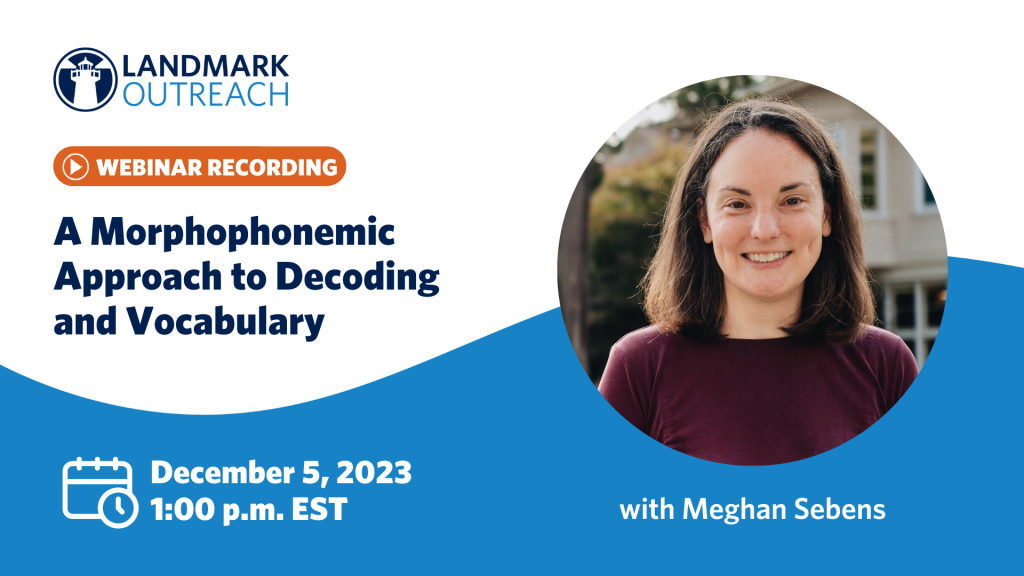Effortless Reading
The goal of reading instruction is to read text without effort, ensuring that all available cognitive energy is allocated to understanding the meaning of what is written. Effortless reading is developed through the coordination of many cognitive processes where words encountered are stored in the memory for easy and quick retrieval. This is not a process of memorization but “a scientifically supported way our memory system forms bonds between the spelling, pronunciations, and meaning of specific works” (Ehri, 2002, 2005, 2014, 2022) (Mather Wendling107).
Phases of Reading Development
Linnea C. Ehri, an educational psychologist and expert on the development of reading was the first researcher to articulate that there are overlapping phases over reading development and theorized a hierarchical model to capture the process of how people engage with print and learn to read.
How Do These Skills Develop?
In the Pre-Alphabetic Phase, students do not use alphabetic knowledge to read words but rather rely on memory or guesswork. In this phase, readers depend heavily on environmental cues to determine words (the golden arches of McDonald’s rather than the word itself).
In the Partial-Alphabetic Phase, students begin to use recognizable letter and sound patterns but still rely on context clues. They have begun to recognize some patterns but do not have a full understanding of the phoneme-grapheme connection. Therefore, it is essential that spelling patterns be taught in this phase to support the knowledge and use of the letter-sound connection.
In the Full-Alphabetic Phase students increase their decoding fluency through practice and instruction of word families, onset and rime, and analogy based on known word patterns. Often in this phase, struggling readers continue to rely on context rather than graphophonic cues.
In the Consolidated-Alphabetic Phase students recognize and use spelling patterns and morphological cues (affixes, roots, word endings) to syllabicate and read unfamiliar words by analogy. Struggling readers are typically stymied at this phase as multi-syllabic words are introduced.
Lastly, in the Automatic-Alphabetic Phase students have become proficient in decoding and can now devote cognitive energy to comprehension.
References
Bear, Donald R., et al. (2016). Words Their Way: Word Study for Phonics, Vocabulary, and Spelling Instruction. Pearson: Boston.
Ehri, Linnea C. and Sandra McCormick. (1998). Phases of Word Learning: Implications for Instruction With Delayed and Disabled Readers. Reading & Writing Quarterly: Overcoming Learning Difficulties. 14(2), 135-163.



